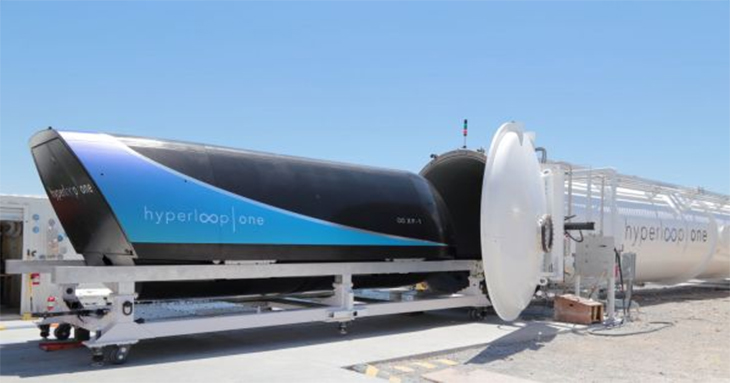By: Tom Ward/Futurism Hyperloop One has just put its tech through another test, which it passed with flying colors by going 308 km/h (192 mph) — faster than ever before. So, how long until we see the technology implemented, and what challenges will it have to overcome to get to this stage?
Hyperloop One tests are growing ever more impressive, reaching faster speeds and, in the process, showing us what the technology is really capable of. During the latest evaluation, on Saturday, the pod reached speeds of 308 km/h (192 mph) down the company’s 500-meter (1,640-foot) test track in Nevada, before gliding to a graceful halt.
This is a remarkable improvement on the company’s first full system test earlier this summer. During this outing, it traveled farther by a factor of 4.5 times, reached speeds 2.7 times faster, and achieved 3.5 times the horsepower.
Shervin Pishevar, Hyperloop One co-founder, told CNBC, “We’ve got the Hyperloop working. It’s the dawn now […] of the commercialization of the hyperloops. We’ve got conversations and dialogues with governments around the world.”
Pishevar was referring to the worldwide travel he has been undertaking recently. The company is currently looking at various cities in the U.S. to build a loop and is also planning on installing the system in Europe. In fact, Hyperloop One is already undertaking feasibility studies in Finland, Moscow, the Netherlands, Sweden, Switzerland, the United Arab Emirates, and the U.K.
Despite these successes, there are still hurdles that need to be overcome before we see the transportation system of the future. Most prominently, it will need to achieve the right-of-way allowances, land acquisitions, and regulatory approvals that other means of transportation like the railway enjoy.
However, this announcement gives us a reassuring reminder that the future of transport isn’t far away.




